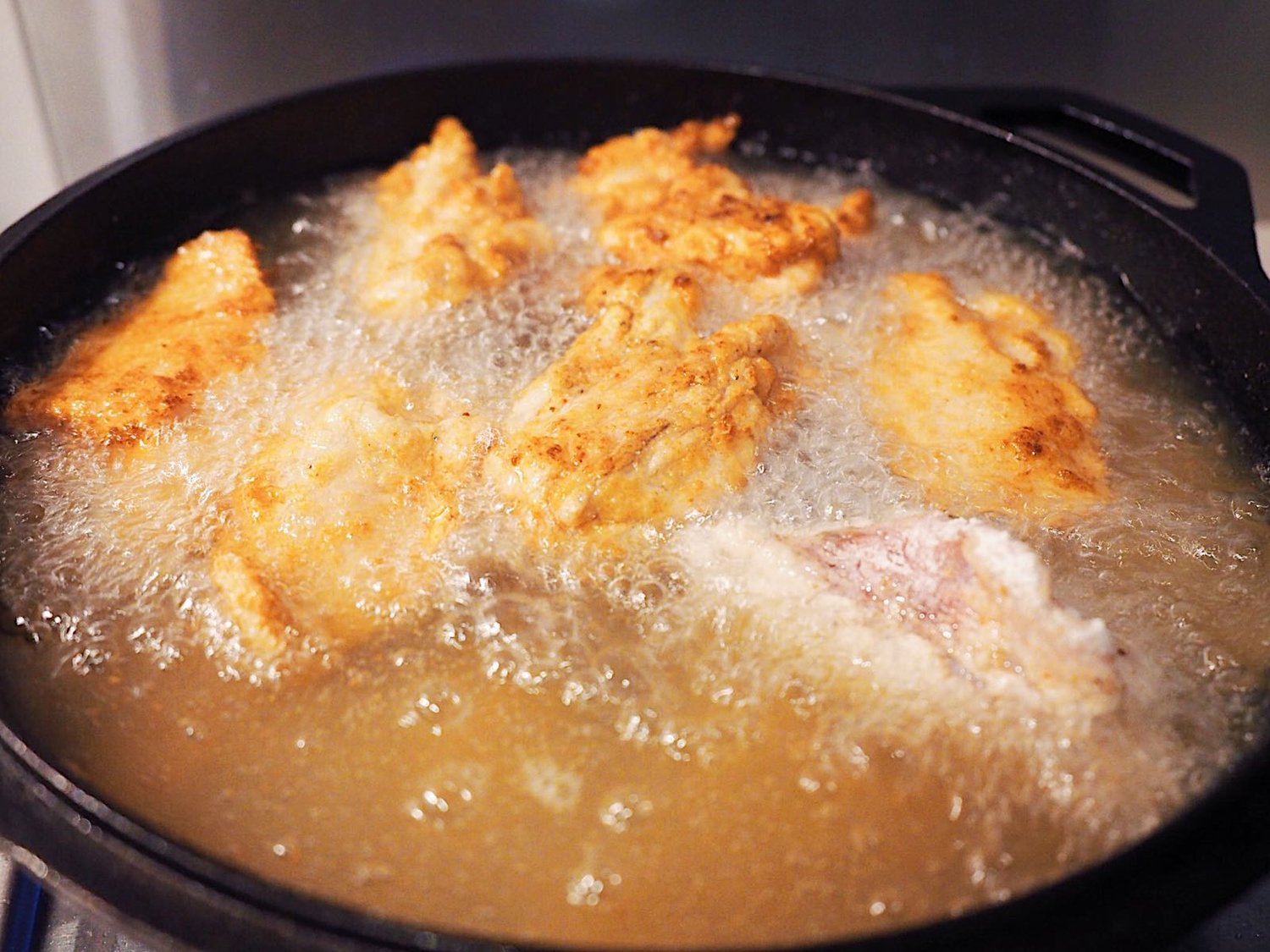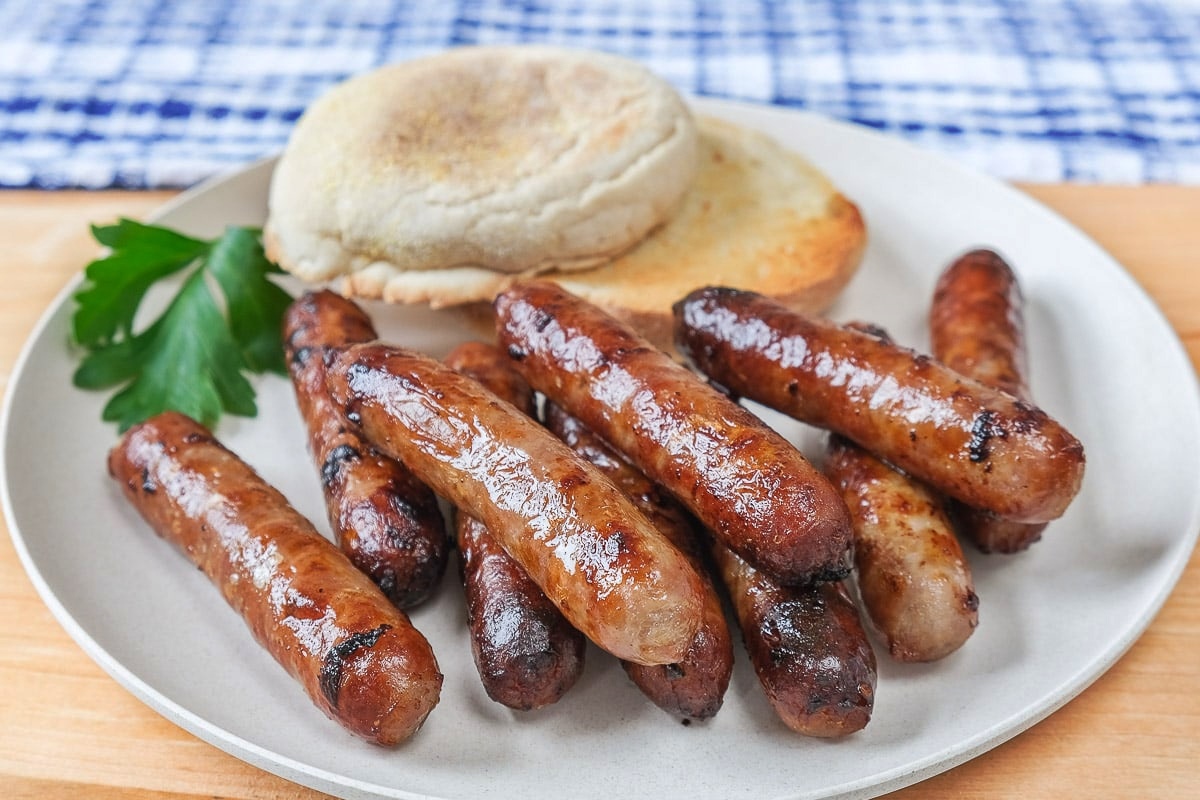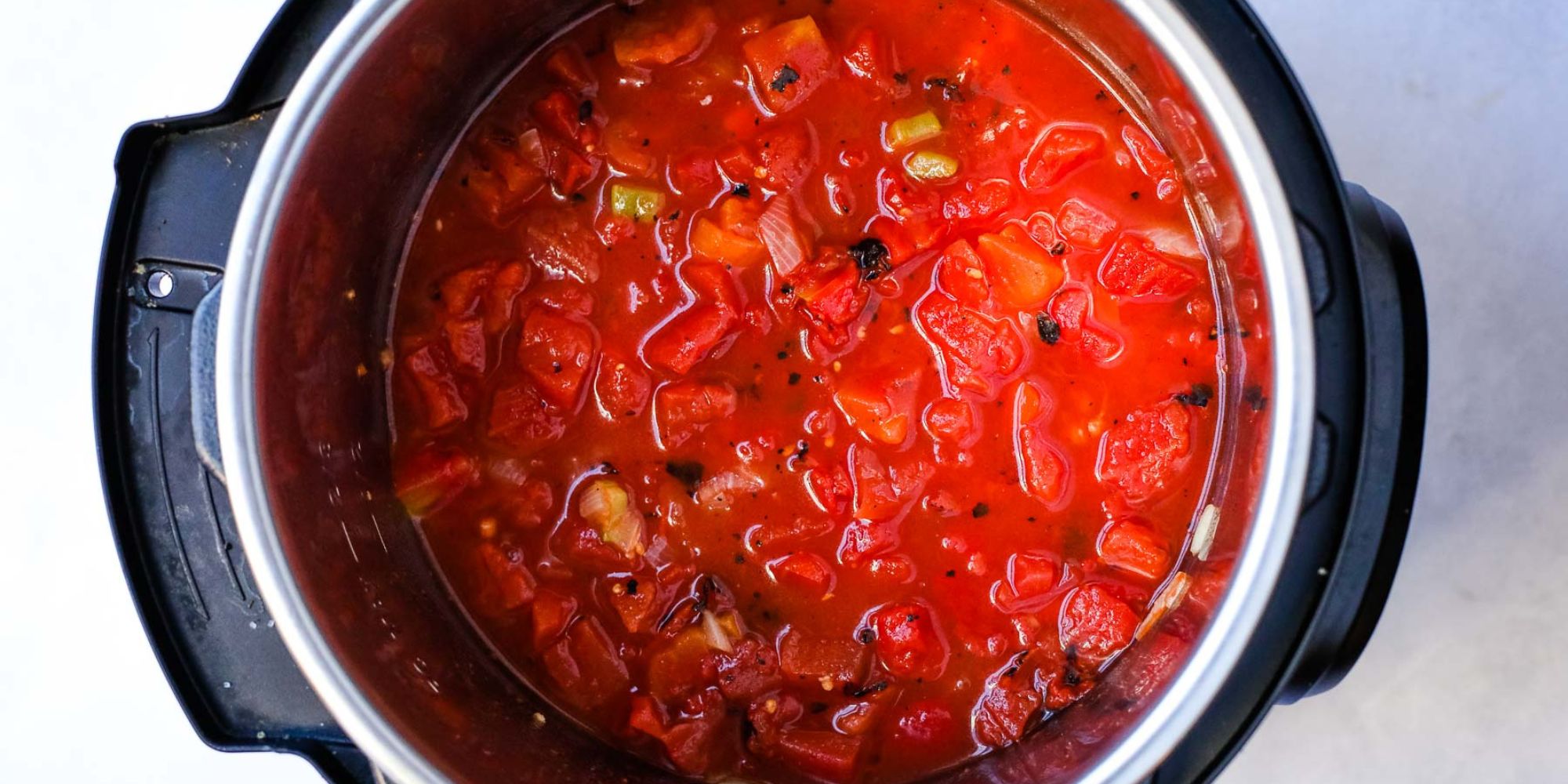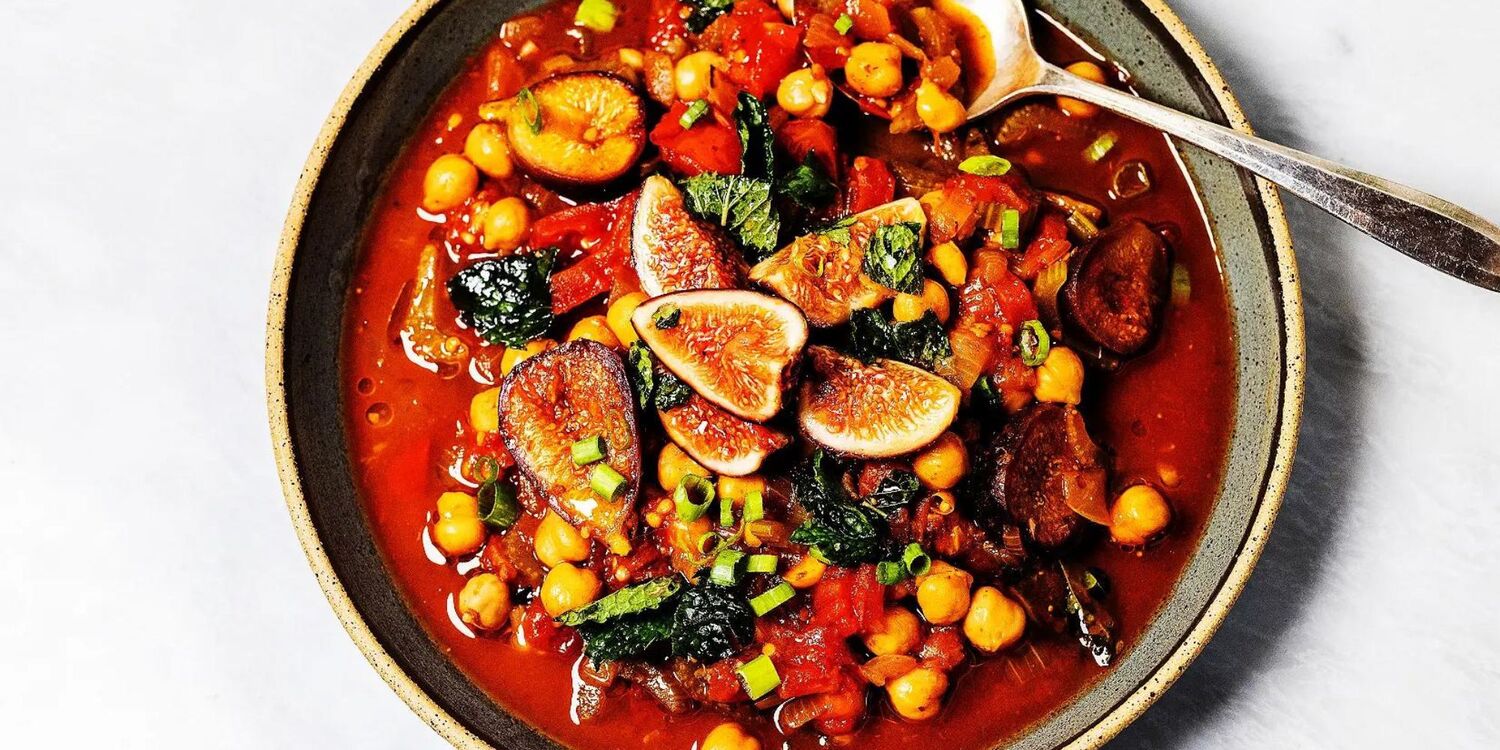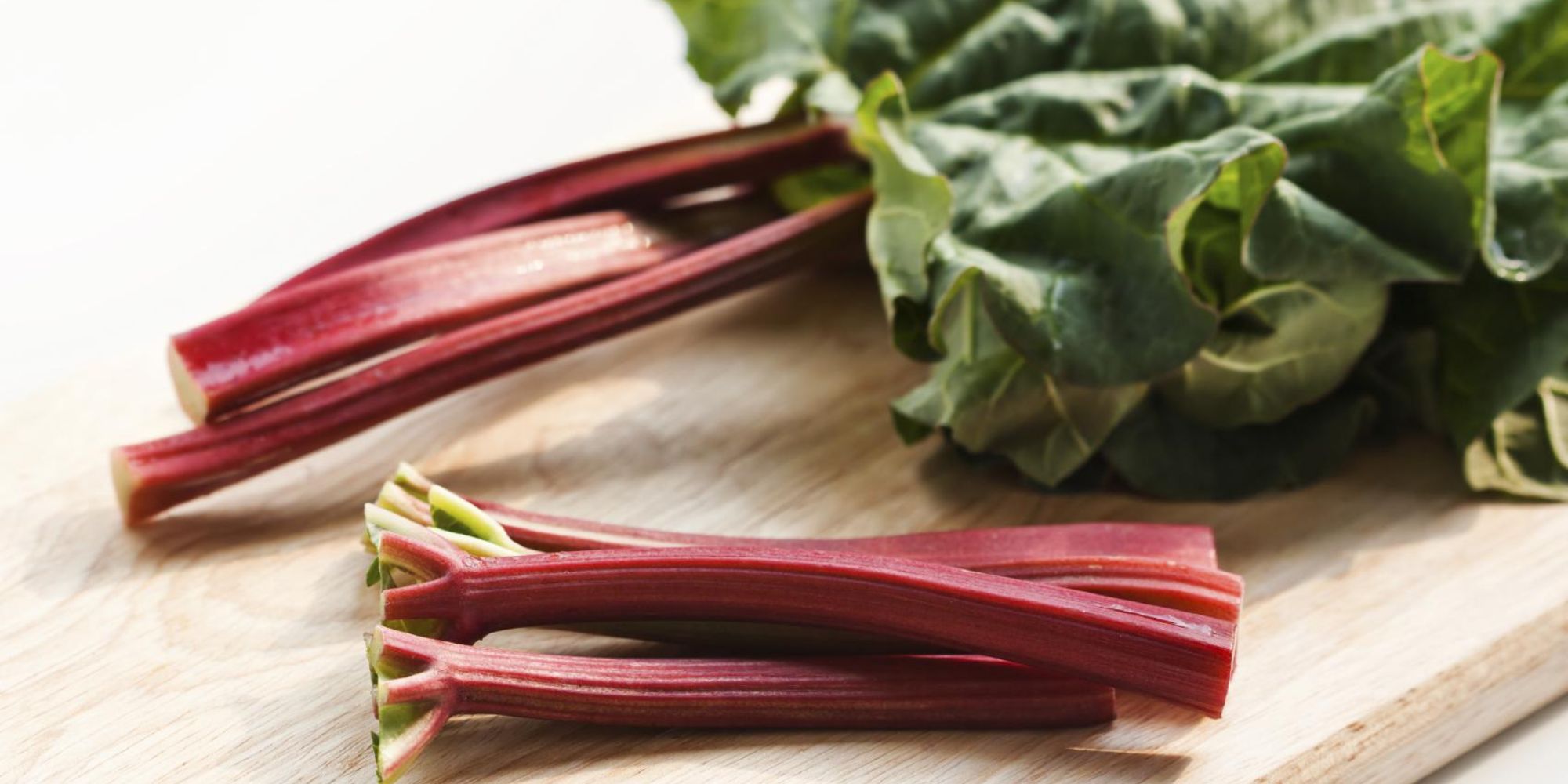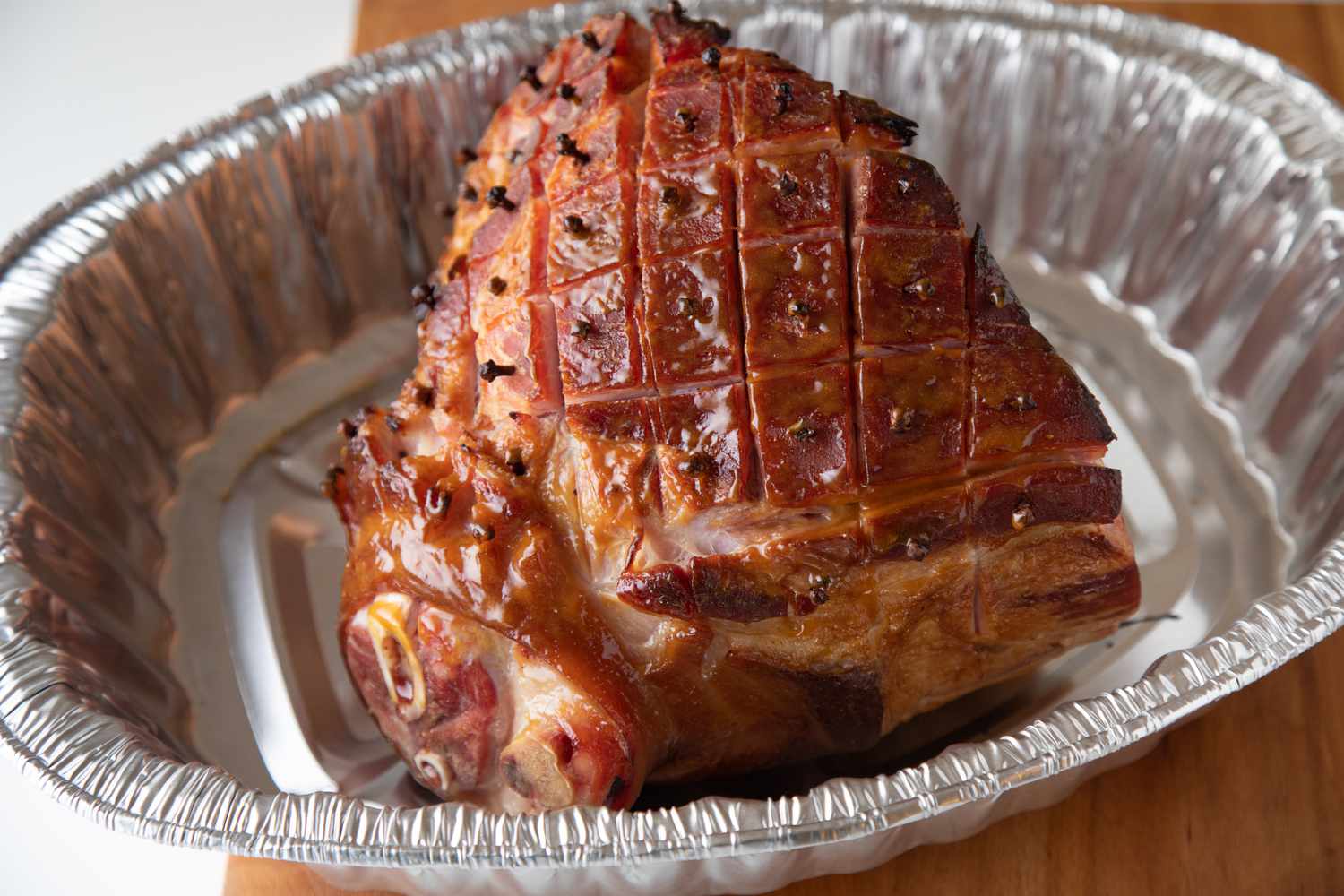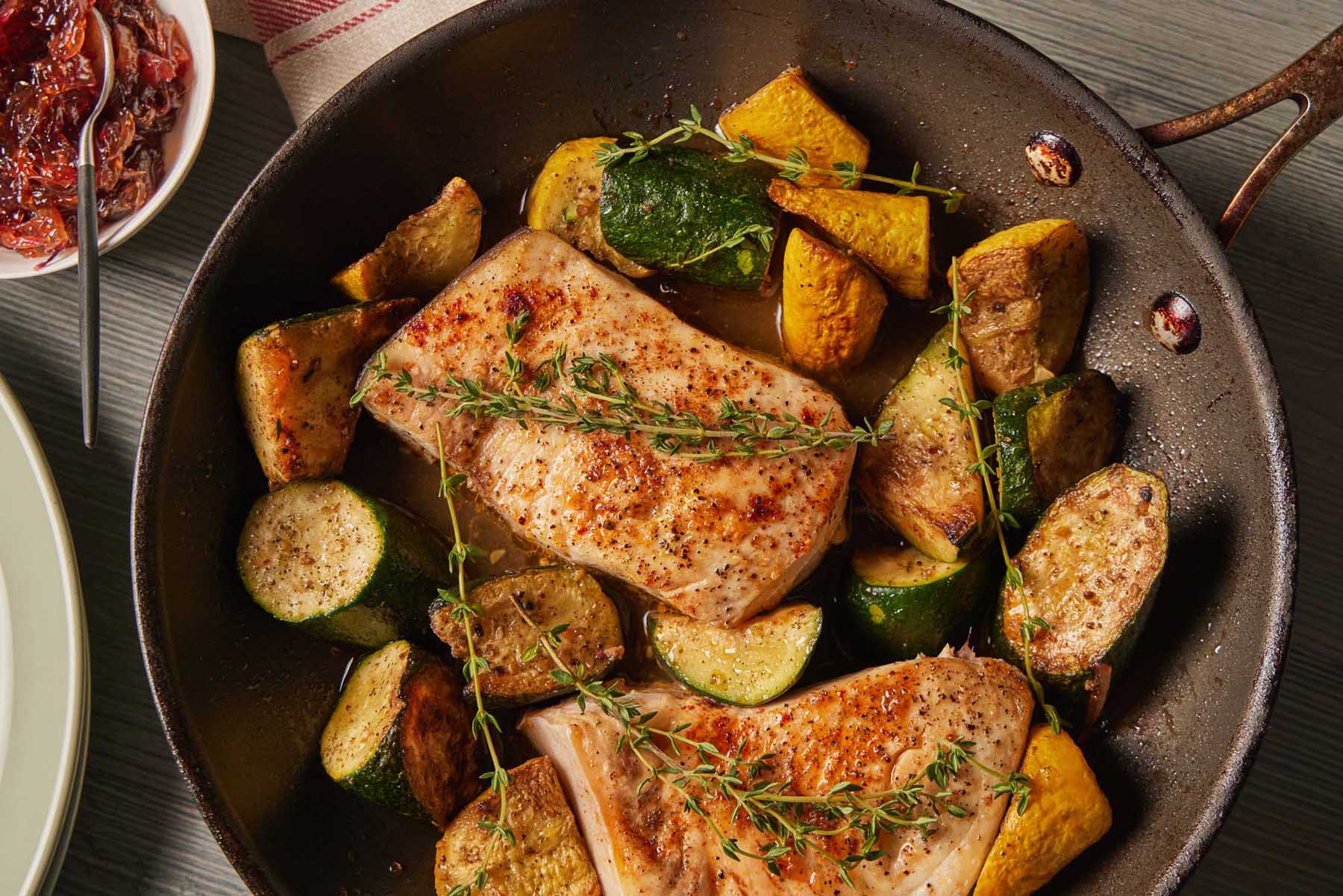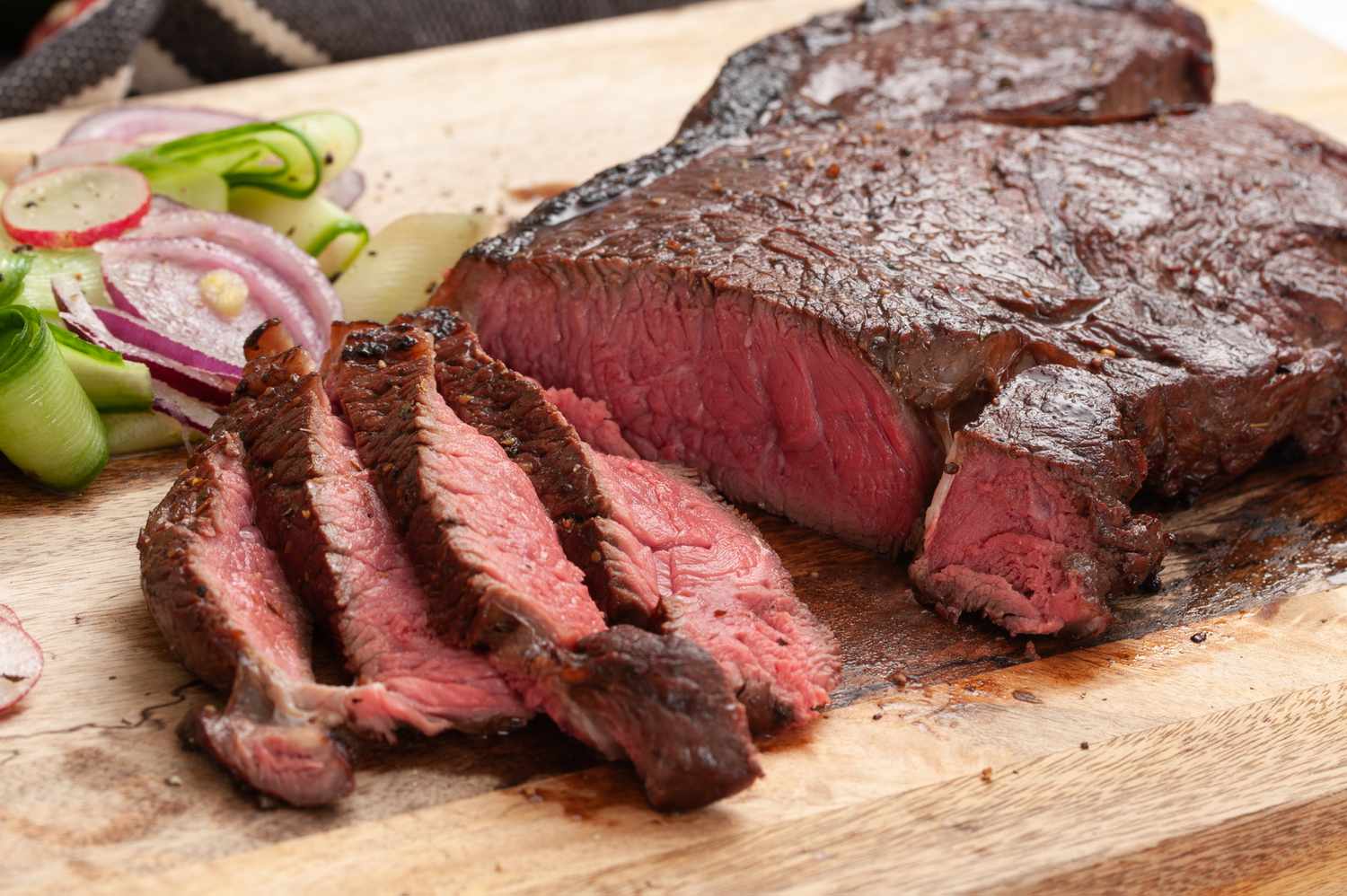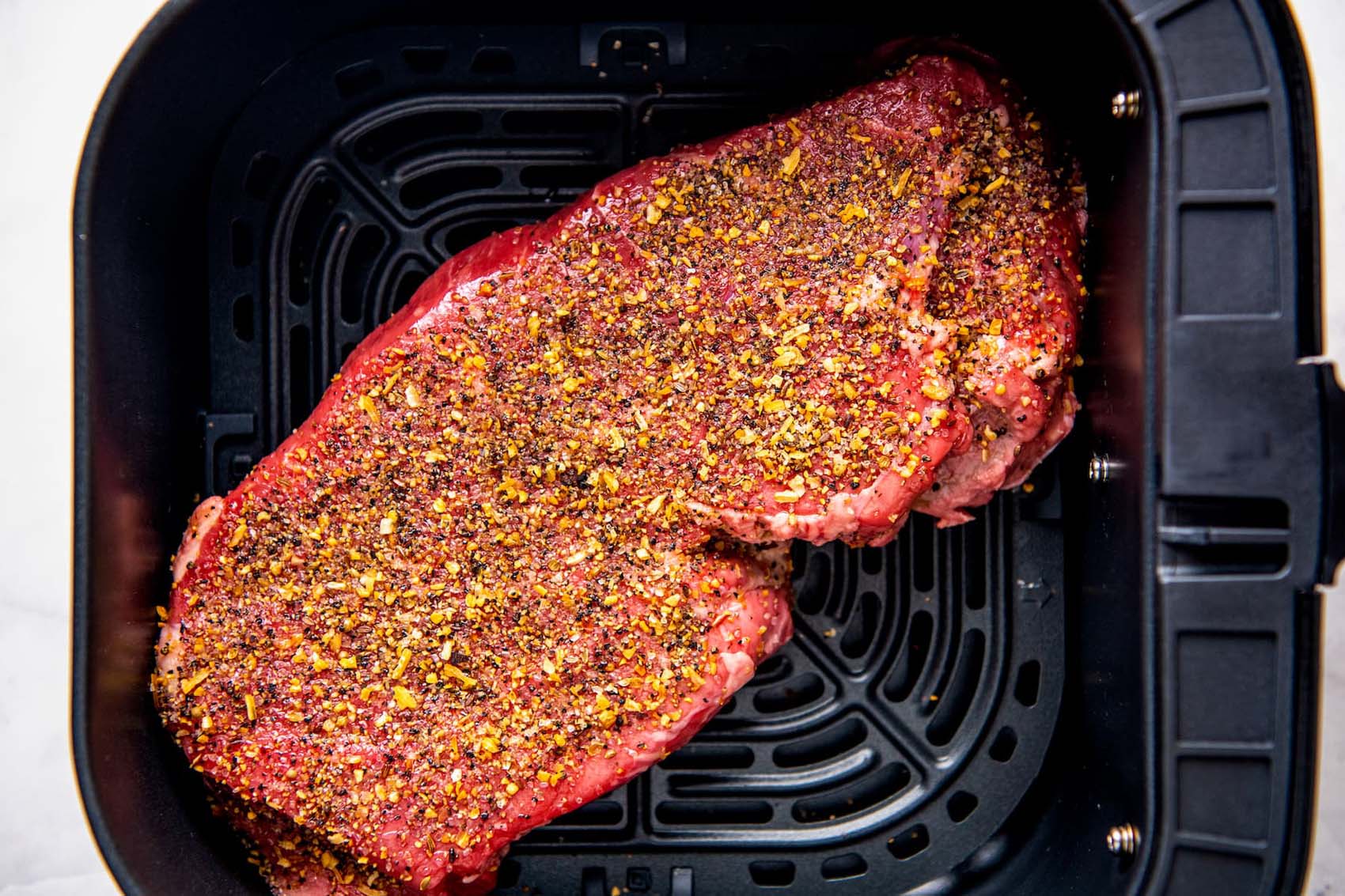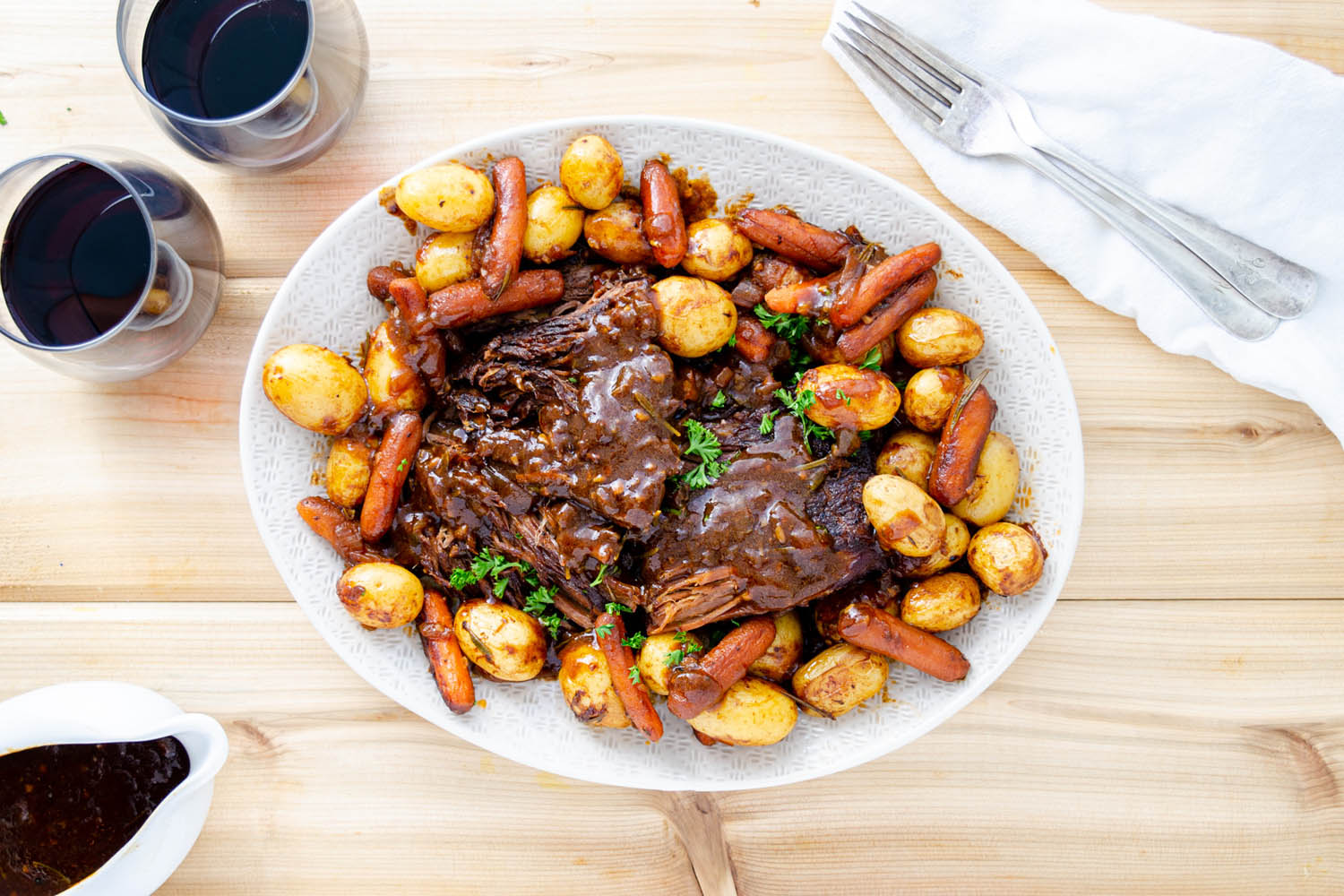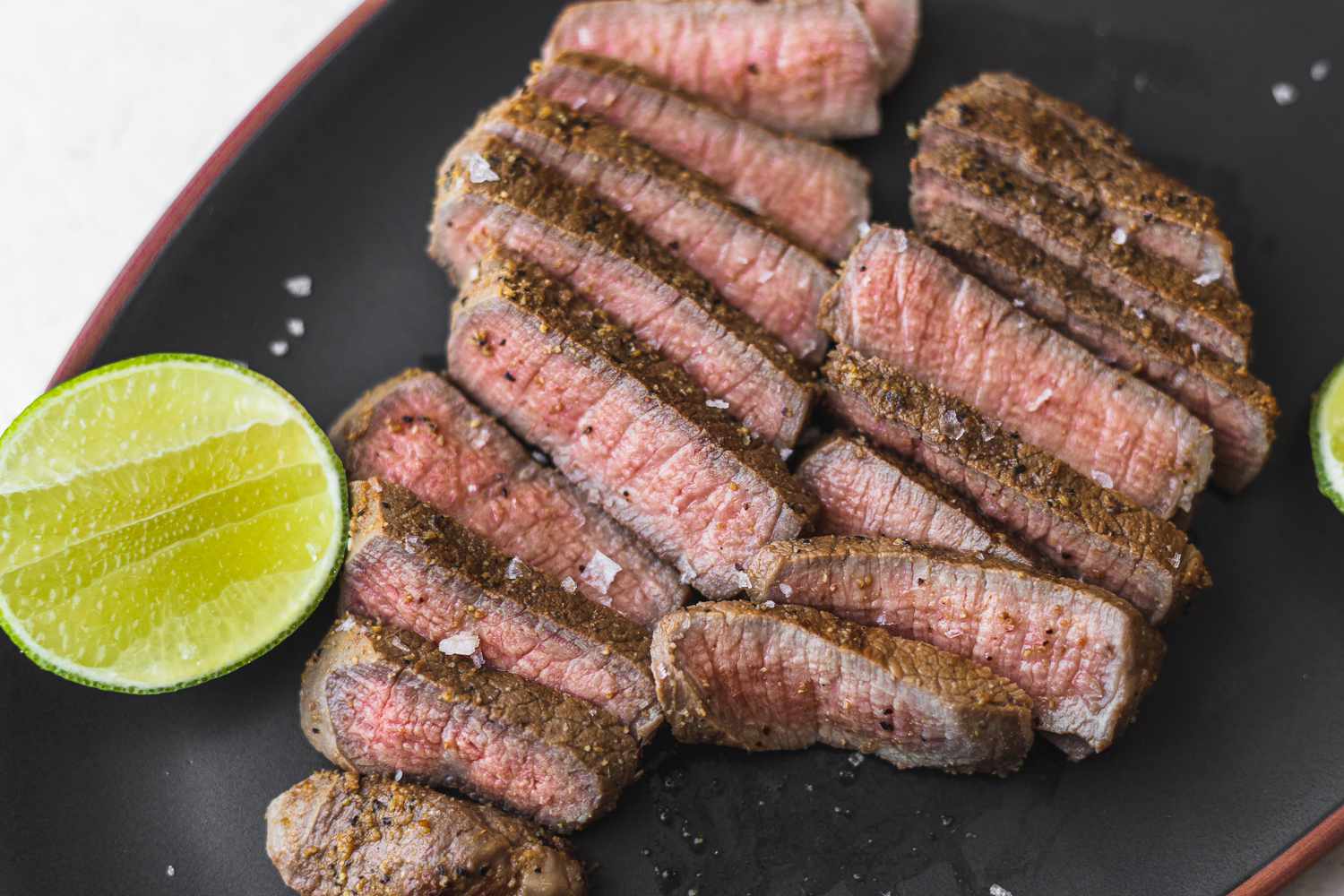Mastering the Art of Stir-Frying with a Cast Iron Skillet
Stir-frying is a cooking technique that has been around for centuries and continues to be a favorite among home cooks and professional chefs alike. The process involves quickly cooking small pieces of food in a hot pan while constantly stirring to ensure even cooking. When it comes to stir-frying, using a cast iron skillet can be a game-changer. Not only does it provide even heat distribution, but it also retains heat well, making it the perfect tool for achieving that coveted stir-fry sear.
Choosing the Right Ingredients
Before you start stir-frying with your cast iron skillet, it’s important to choose the right ingredients. Opt for fresh, colorful vegetables like bell peppers, broccoli, carrots, and snap peas. For protein, consider using thinly sliced chicken, beef, shrimp, or tofu. Additionally, you’ll need aromatics such as garlic, ginger, and scallions to infuse the dish with flavor.
Preparing Your Cast Iron Skillet
One of the key advantages of using a cast iron skillet for stir-frying is its ability to retain and distribute heat evenly. To prepare your skillet, start by heating it over medium-high heat for a few minutes. Once hot, add a small amount of high-heat cooking oil such as peanut or avocado oil and swirl it around to coat the surface of the skillet.
The Stir-Frying Process
Now that your skillet is prepped and ready to go, it’s time to start stir-frying. Follow these steps to achieve stir-fry perfection:
- Heat the Skillet: Place the oiled skillet over medium-high heat and allow it to get hot.
- Add Aromatics: Once the skillet is hot, add minced garlic, ginger, and sliced scallions to infuse the oil with flavor.
- Cook Protein: Add the thinly sliced protein of your choice to the skillet and cook until browned and cooked through.
- Add Vegetables: Toss in your prepared vegetables and stir constantly to cook them evenly while maintaining their crispness.
- Season and Serve: Season the stir-fry with soy sauce, oyster sauce, or your favorite stir-fry sauce, and serve hot over steamed rice or noodles.
Cleaning and Maintaining Your Cast Iron Skillet
After the stir-frying is done and you’ve enjoyed a delicious meal, it’s important to properly clean and maintain your cast iron skillet. Avoid using soap when cleaning, as it can strip the skillet’s seasoning. Instead, use a brush or non-abrasive scrubber to remove any food residue, and then dry the skillet thoroughly. To maintain the skillet’s non-stick surface, lightly coat it with a thin layer of oil after each use.
Conclusion
Stir-frying with a cast iron skillet is a fantastic way to create flavorful, healthy meals with minimal effort. By choosing the right ingredients, properly preparing your skillet, and following the stir-frying process, you can achieve restaurant-quality stir-fries right in your own kitchen. With a little practice and experimentation, you’ll soon be stir-frying like a pro!
Explore More Delicious Stir Fry Recipes and Cooking Tips
Following the guidelines provided on stir frying with a cast iron skillet, readers can now test their skills with a variety of flavorful recipes. Among the numerous options, classic chicken broccoli stir fry and beef bell pepper stir fry are perfect starting points due to their simple ingredients and classic flavors, making them ideal for beginners. For those seeking a bit more zest, spicy shrimp snap pea stir fry introduces a delightful kick, enhancing both technique and taste. Additionally, the teriyaki chicken stir fry is highly recommended for its rich, savory glaze that showcases how well a cast iron skillet can handle sauces. Each recipe offers a unique way to develop your stir frying skills while delivering delicious meals.

